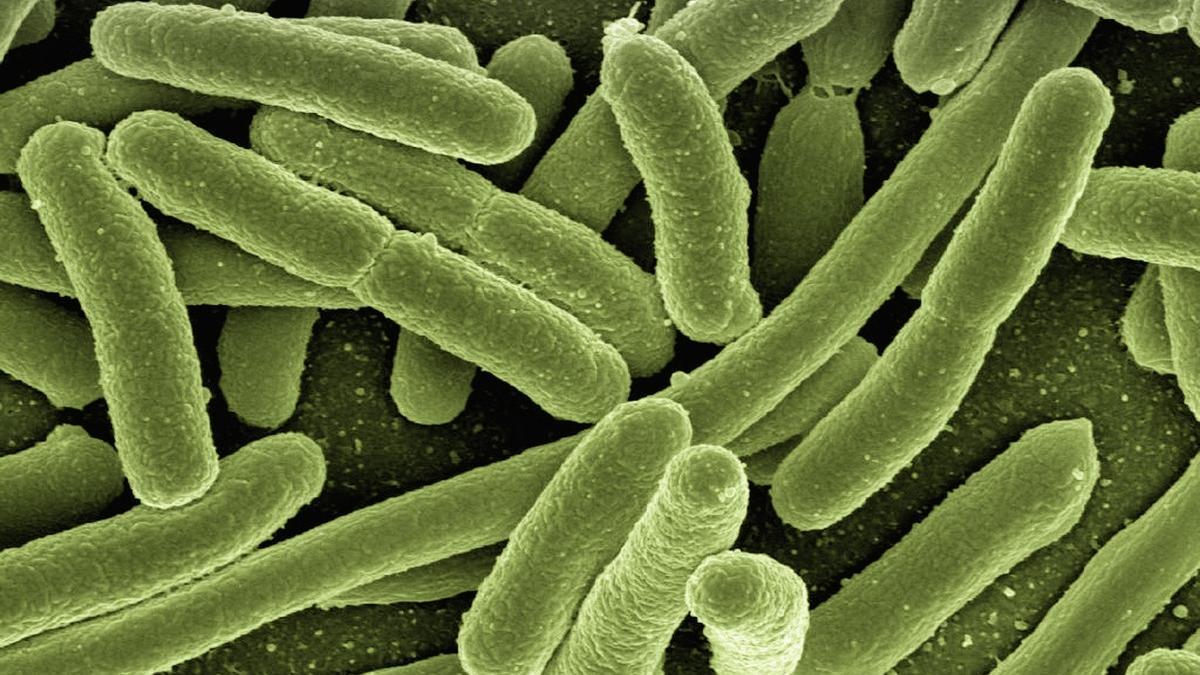This week the ‘Journal of Vacuum Science & Technology B’ published the results of research by the University of Florida and the National Yang Ming Chiao Tung University of Taiwan on a test to diagnose breast cancer, with which breast cancer can be detected. biomarkers simply from a small sample of saliva and at a cost of five dollars. This type of device uses paper test strips that are treated with specific antibodies that interact with the cancer biomarkers in question. Despite how hopeful the results of this research may seem in order to obtain a faster and simpler test for women in the future, the reality is that it is not yet available to the population nor is it comparable to current tests. Today, the only tool with evidence for the early diagnosis of this type of tumor is mammography. The Spanish Society of Medical Radiology (SERAM) and its breast section (SEDIM) deny that this saliva test is more precise than mammography and that it allows early detection of breast cancer. The results of the saliva test are based on an experimental study with 21 patients in which a tool is capable of detecting two biomarkers of breast cancer in saliva. “These types of markers are useful for monitoring an established disease when there is a high tumor burden and it is more likely that a specific cancer biomarker can be detected in fluids such as blood plasma or saliva,” point out doctors Myriam Montes and Julia Camps, specialists in mother of the Spanish Society of Medical Radiology. But they clarify: »in no case, according to the available scientific evidence, can the detection of biomarkers in fluids be considered in the scenario of screening and secondary prevention that requires high sensitivity and specificity to detect breast cancer at a subclinical stage, before that symptoms will appear.” Currently, the only tool for early diagnosis of breast cancer in women with a population risk of this disease is mammography, supported by multiple clinical trials that have shown that it reduces mortality. Breast cancer will be the second most common cancer in Spain in 2024 with 36,395 cases, behind colon and rectum (44,294 new cases). And it is the most diagnosed and the one that causes the most mortality in women. Through mammograms it is possible to detect lesions in the breast up to two years before they are palpable, since the test detects them when they have not yet invaded the lymph nodes or another organ. Screening campaigns recommend that healthy, asymptomatic women between 50 and 69 years old receive a mammogram every two years. Early detection is very important since the chances of cure for breast cancers detected in early stages are almost 100%. Regarding the best age to start mammograms, in recent years the need to bring them forward has been debated due to the increase in cases in women under 50 years of age. In fact, in the US, new guidelines state that women should undergo breast cancer risk assessment starting at age 25, and also recommend mammography starting at age 40 for those at average risk. The European Commission has also recommended that all member countries begin screening at age 45.
You may also like...
Strep spreads along the same pathways as covid
December 28, 2022
Study finds more young people taking multiple psychiatric drugs
February 16, 2024
- Next story The $50,000 scam: FTC, CIA and Amazon weigh in on NY Magazine’s Charlotte Cowles
- Previous story The Fraternity announced a 24-hour train strike for next Wednesday
Search
Breaking news
- Starbucks and Union Set to Restart Contract Talks After Bitter Standoff
- Antony Blinken Visits China – The New York Times
- NFL Draft 2024 live updates: Latest mock draft, rankings, trades and start time
- UN Official Presses for Urgent Action on Gaza Aid: Israel-Hamas War Live Updates
- How a Pirate-Clad Pastor Helped Ignite Trump Media’s Market Frenzy
- New Nutrition Guidelines Put Less Sugar and Salt on the Menu for School Meals
- Now Arriving at an Airport Lounge Near You: Peloton Bikes, Nap Pods and Caviar Service
- What could Caitlin Clark’s WNBA transition from Iowa look like?
- Is the Boom-and-Bust Business Cycle Dead?
- NFL Draft 2024 ‘The Beast’ Guide: Dane Brugler’s scouting reports and player rankings
- Soft Landing or No Landing? Fed’s Economic Picture Gets Complicated.
- NBA Pre-Postseason Player Tiers 1 and 2: Wembanyama quickly rising; Giannis, Jokić steady at top
- The Worst Part of a Wall Street Career May Be Coming to an End
- March’s Hot Inflation Report is a Political Blow to Biden
- U.S. Soccer took a gamble waiting for Emma Hayes, leaving USWNT’s style of play in limbo


